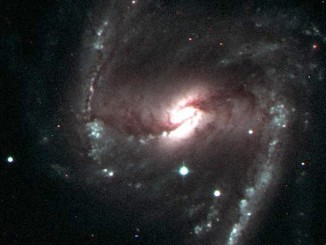
News

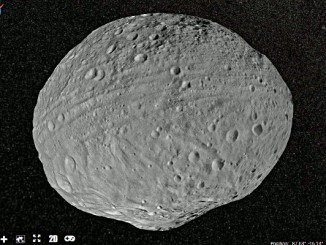
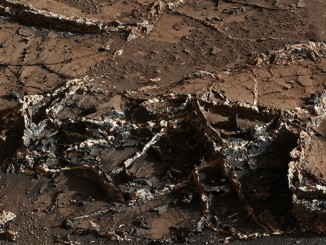
Curiosity rover eyes prominent mineral veins on Mars
Two-tone mineral veins at a site NASA’s Curiosity rover has reached by climbing a layered Martian mountain offer clues about multiple episodes of fluid movement. These episodes occurred later than the wet environmental conditions that formed lake-bed deposits the rover examined at the mountain’s base.

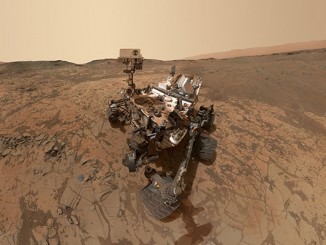
Curiosity’s Martian nitrogen find raises possibility of ancient life
Nitrogen, in the form of nitric oxide (one nitrogen atom and one oxygen atom), has been detected for the first time on the surface of Mars by a team of researchers using the Sample Analysis at Mars (SAM) instrument suite aboard NASA’s Curiosity rover, adding to the growing speculation that life could have once flourished on ancient Mars.
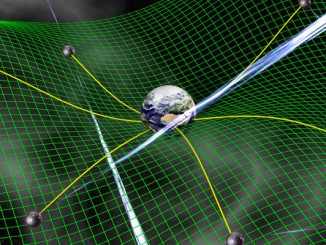
Race to detect gravitational waves intensifies
One of the great challenges in astrophysics is the detection of low-frequency gravitational waves — elusive ripples in the fabric of space-time caused by extremely energetic and large-scale cosmic events. To this end, the National Science Foundation (NSF) has awarded the North American Nanohertz Observatory for Gravitational Waves $14.5 million over 5 years.
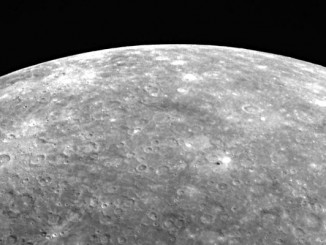

Dark matter even darker than once thought
Astronomers using observations from the NASA/ESA Hubble Space Telescope and NASA’s Chandra X-ray Observatory have studied how dark matter in clusters of galaxies behaves when the clusters collide. The results show that dark matter interacts with itself even less than previously thought, and narrows down the options for what this mysterious substance might be.

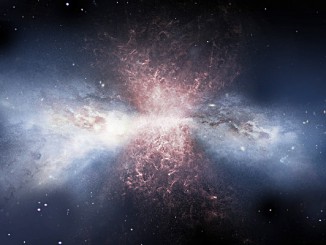
Supermassive black hole blasts star-making gas from galaxy’s core
Many galaxies blast huge, wide-angled flows of material outward from their centres, pushing to their outer edges enough dust and gas each year that otherwise would have formed more than a thousand stars the size of our Sun. A team led by University of Maryland scientists has found the driving force behind these massive molecular outflows.
